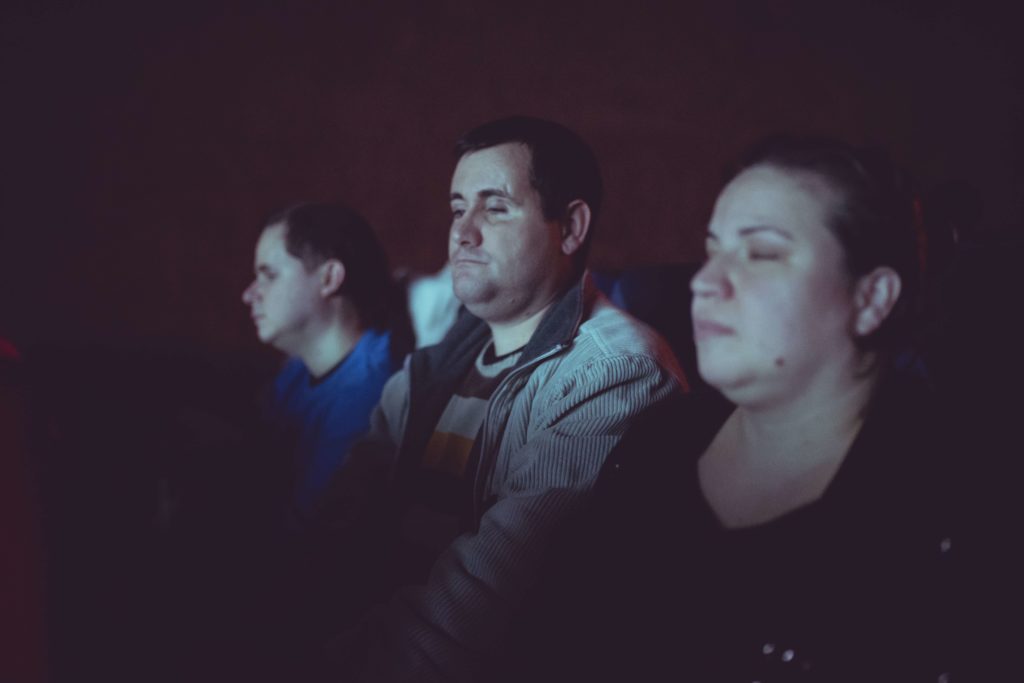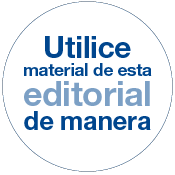3: FROM THE SCREEN TO THE HEART
Although there was not that much ready-made information available, little by little, I was able to find what I was looking for.
I started with History, Politics and Legislation, in order to know the laws and statements that the UN, EU, World Health Organization (WHO) and my own country have published. Already, a lot of work has been done in the fields of technology, communication, social initiatives, etc. towards reducing the level of social exclusion.
The first turning point in my investigation was reading the WHO’s definition of disability:
“Disabilities is an umbrella term, covering impairments, activity limitations, and participation restrictions. An impairment is a problem in body function or structure; an activity limitation is a difficulty encountered by an individual in executing a task or action; while a participation restriction is a problem experienced by an individual in involvement in life situations. Disability is thus not just a health problem. It is a complex phenomenon, reflecting the interaction between features of a person’s body and features of the society in which he or she lives. Overcoming the difficulties faced by people with disabilities requires interventions to remove environmental and social barriers”.
-A REAL COMPROMISE-
This definition made me realize that, up until this point, I had created movies without considering the needs of a wide range of people in society.
Sadly, I have to admit, that if someone wanted to accuse me of playing a role in this culture of exclusion, I would have to plead guilty.

At first sight, this could come across as an exaggeration, but let us take a look at the definition of culture.
-WHAT IS CULTURE?-
As the anthropologist Cristina de Rossi explains:
“The word culture derives from a French term, which in turn derives from the Latin colere, which means to tend to the earth and grow, or cultivation and nurture. It shares its etymology with a number of other words related to actively fostering growth”.
Hence, because the term “culture” roots in the verb “to grow”, we could claim that access to arts offers more than mere entertainment. It stimulates personal development.
If there is a wide range of people, who do not have access to culture, then they would not be able to properly communicate or develop a critical way of thinking. So, the notion of caring about disabled people’s access to arts is not that far-fetched.
Culture is a big part of everyday life: Literature, theatre, exhibitions, tourism and my field of work, cinema, are more relevant than what we give them credit for.

-GOOD NEWS AND A LACKING WORKFLOW-
On the one hand, Spain is a country where film accessibility has been an addressed issue since the nineties. On the other hand, there is still room for improvement: I believe that there is a need for new initiatives and workflows to enhance, not only its quantity but also its quality.
Regarding the workflow, it is problematic that there is neither a well-defined professional position, nor a university degree that would lead to such a role. This lack of professional education hinders the smooth flow of communication between the creators of art productions and the accessibility companies that make the sensory adaptations for movie-goers with disabilities. Cooperation is compromised.
Taking Olorama as an example, we can see that accessibility companies usually do not start working on the project until after the audio-visual part has been finished.

By implementing their work at the final phase of the production, the accessibility professionals are left with very little room to be creative. Consequently, both the accessibility company and the creators are working on the same project, almost without communication.
That is because the accessibility professionals are usually hired by distribution companies and apart from the production. It would make sense that with such a big gap between content and its accessibility, people with disabilities are left in a weak position to be able to enjoy audio-visual content to the same extent as others.
Now, let us get technical!








